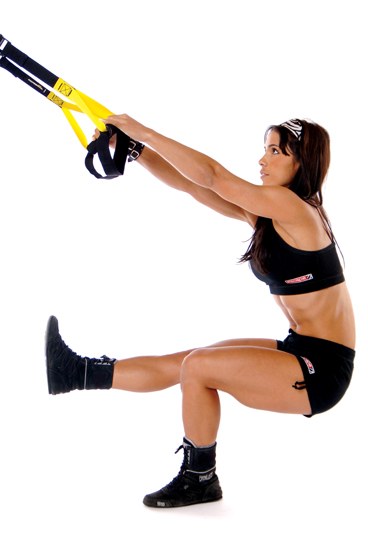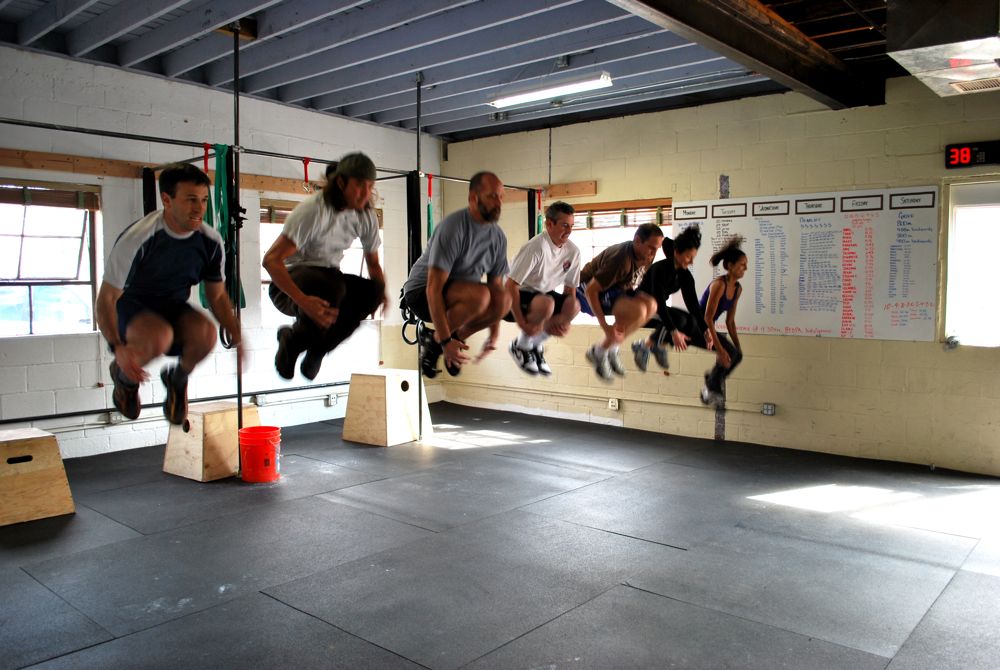
Exercise Is Not A Sport
October 5, 2012 // Fitness, Wellness
With the growing popularity of new exercise methods, people are moving away from the typical gym routine and using other programs to keep in shape. Exercise programs such as Bootcamp Classes, TRX, Crossfit, and P90X are putting a twist on fitness — but are they for everybody? Could the risks outweigh the benefits? MikeClancyTraining teams up with Fitness Expert Dan Flores to breakdown 4 of the latest exercise programs.
Exercising as a sport has become the most recent fitness trend. People are sold on the idea that exercising should mimic athletic conditions. Motions such as jumping, throwing, swinging, leaping and swaying are being encouraged with these new fitness methods in an effort to “get people moving again.” Conditioning for athletes is vigorous and complex, and is designed to strengthen the athletes’ body while enhancing performance. This type of fitness style is effective for athletes — but is it appropriate for everyone? To answer this question, we’ve outline the pro’s and con’s to each of these exercise programs.
Barry’s Bootcamp

Overview
Barry’s Bootcamp has revived the “using exercising as a sport” method for its past glory. Typically participants combine traditional strength training and cardiovascular movements in a sequence with little-to-no rest in between over a period of approximately 40-60 minutes. Proponents claim increased fat loss and toning as benefits.
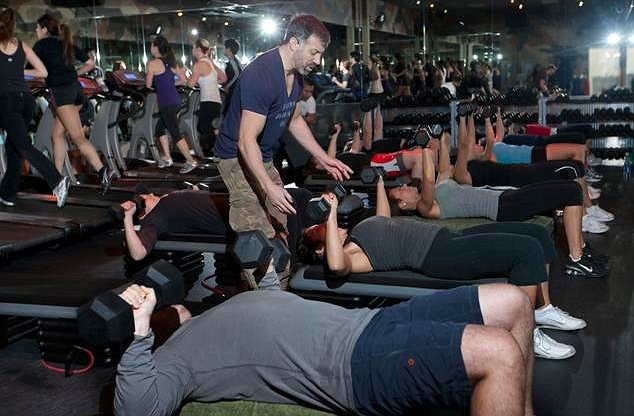
- Limited attention to detail.
Pros: Uses very little equipment; Most classes consist of body weight exercises, light dumbbells and resistance bands; Group competitiveness can be engaging and fun; If appropriate, classes can be a great way to ramp workout intensity.
Cons: Typically offers very little attention to detail from instructors; Intensity and difficulty of class seldom consider the individual’s current status/fitness level; Bootcamp culture typically encourages the client to “push through” and be “tough” which increases risk of injury.
Best For: The experienced fitness particpant who is injury-free and has an advanced understanding of proper exercise form. Dan Flores
TRX

Overview
TRX is a strap based suspension system apparatus that can attach to a ceiling, wall or just about any stationary surface. The persons’ body weight becomes the resistance as they pull and lift in various positions to increase “core strength”, “stability”, and “function”.
Pros: Can be used almost anywhere; Can be used alone or in a group setting; Does not require a lot of space to use.
Cons: Not good for beginners who may initially need to learn control; Encourages swinging and jerking movements which can increase injury; Limited offering of exercises and variations; Unstable movements use momentum instead of control.
Best For: Gymnasts and those alike whom require training with momentum. Dan Flores
CrossFit

Overview
CrossFit has merged the gap between advanced strength training exercises and group dynamics. Olympic exercises such as the clean and jerk, snatch squats and deadlifts are the core of the program that creates unique combinations of exercises with specific variables. These routines are pre-made and are designed to be completed within a specific time frame. “We’ve used our same routines for elderly individuals with heart disease and cage fighters one month out from televised bouts. We scale load and intensity; we don’t change programs.” (CrossFit.com)
Pros: Uses total-body strengthening exercises; Programs are designed by weight training veterans; All exercises are taught beforehand to participants; Online resource center with all exercises demonstrated via CrossFit.com
Cons: Programs are not individualized; No consideration for an individuals’ body structure; High risk exercises can easily cause a major injury even for the advanced lifter; Programs are based on numbers and time instead of proper progression for each individual.
Best For: Weight training experts, Off-season athletes, and Elite professionals (Military, Police, Secret Service, etc.) Mike Clancy
P90X
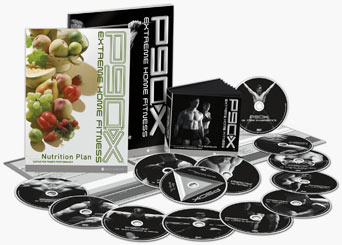
Overview
P90X is one of the highest grossing fitness DVDs of all-time. As a $200 million franchise, P90x has top the charts of infomercials for nearly four years. The secret behind P90X is their “muscle confusion system”, a term they created to describe an always-changing exercise program. P90X, lead by Tony Horton, uses a variety of “moves” to confuse the body and produce changes to shape and size. [Note: they don’t use the term “exercises”] The program requires participants to exercise for one hour a day using their system. Users follow 12 DVDs and a 3-phase nutritional plan over the course of ninety days for a total-body transformation.
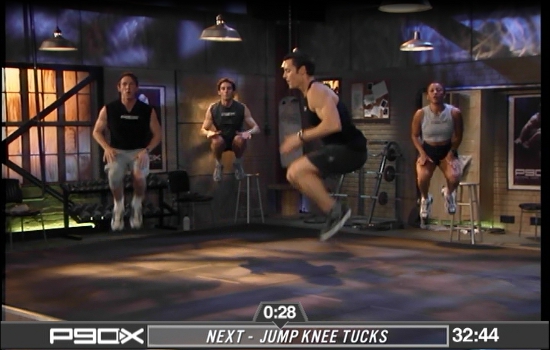
Pros: Progressive system; Requires little equipment and small space; Can be done anywhere with a TV; Visual aid; Full resource website with community forum; Nutritional advice and education is included in the package.
Cons: Exercise form is based on the participant’s self-awareness; “Moves” are not specific for each participant.
Best For: An off-season endurance athlete confined to a hotel room with a padded floor. Mike Clancy
